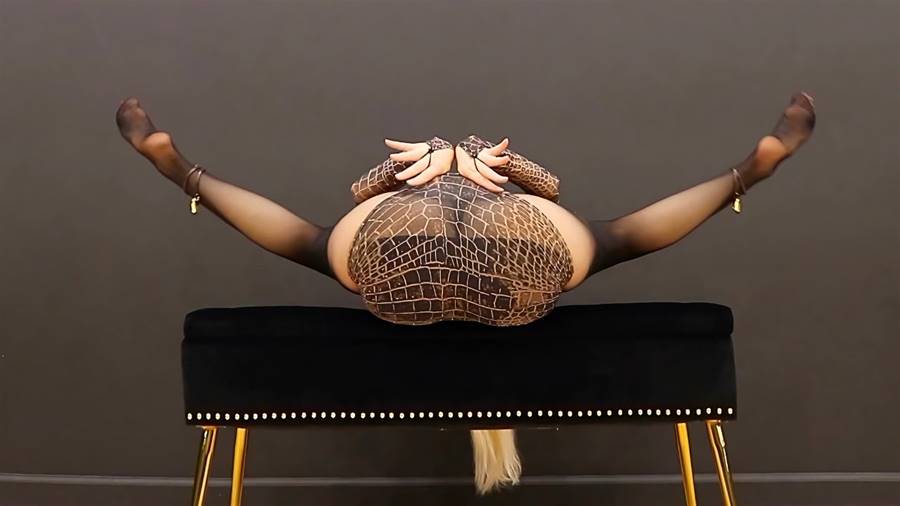
The article discusses a yoga sequence called "Legs Flexibility Flow" that focuses on improving the flexibility of the legs. It explains that this flow is designed to target the hamstrings, quadriceps, hip flexors, and calves - four major muscle groups in the legs. The sequence consists of various yoga poses that work together to stretch and strengthen these muscles, promoting increased flexibility and reducing the risk of injuries.
The article starts by emphasizing the importance of leg flexibility in yoga practice, as it allows for better balance, stability, and a wider range of motion.
It explains that tight leg muscles can hinder yoga practitioners from achieving certain poses and can increase the likelihood of strain or sprain. Therefore, improving leg flexibility is crucial for enhancing overall yoga performance and preventing injuries.
The Legs Flexibility Flow consists of six yoga poses, and the article provides a detailed description of each pose along with step-by-step instructions. The first pose is the Standing Forward Bend, which involves folding forward from the hips, allowing a gentle stretch at the back of the legs.
Next is the Pyramid pose, which targets the hamstrings by stepping one foot back and keeping the front leg straight while leaning forward.
The third pose is the Low Lunge, which stretches the hip flexors and quadriceps by stepping one leg back and lowering the knee towards the ground. This is followed by the Reclining Hand-to-Big-Toe pose, where one leg is extended while lying on the back, allowing for a deeper stretch of the hamstrings.
The article is not finished. Click on the next page to continue.








